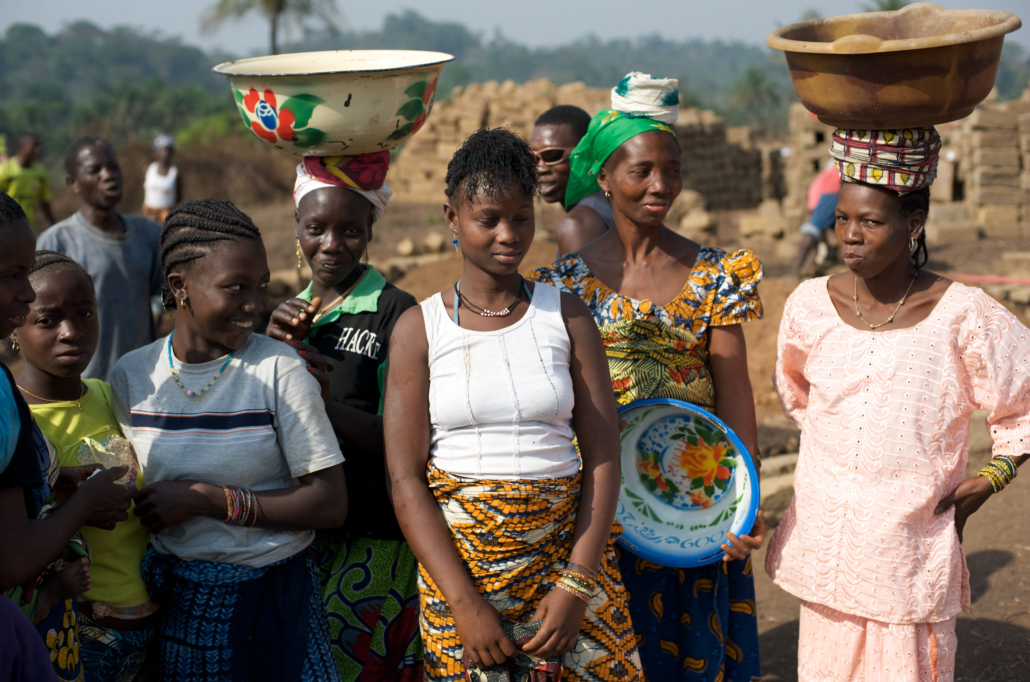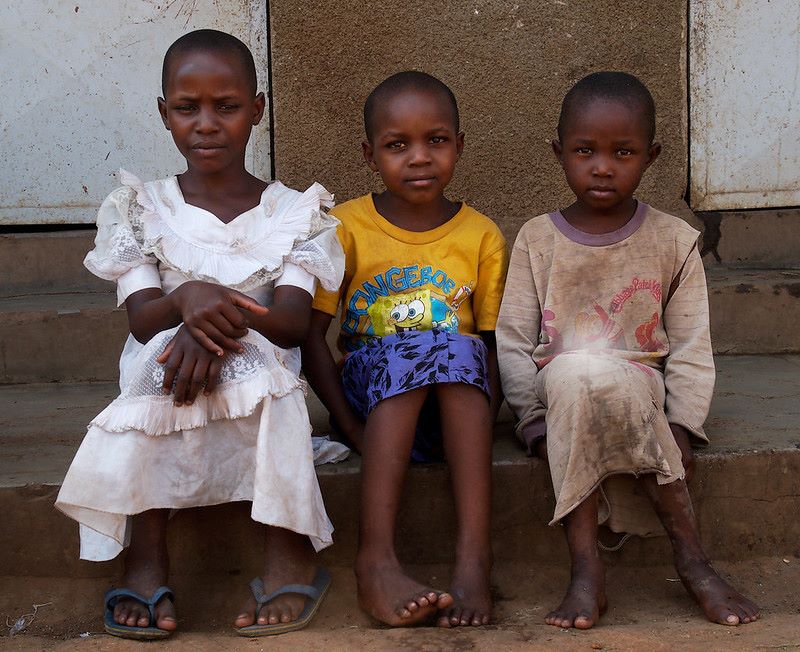 In the summer of 2023, the RISING Uganda project, a scheme established to provide Ugandan children with access to education, unveiled its plans to construct and/or refurbish more than 67 classrooms and 53 WASH facilities within nine districts across the country. The charity estimates that the value of this project will be in excess of 3 billion Ugandan shillings.
In the summer of 2023, the RISING Uganda project, a scheme established to provide Ugandan children with access to education, unveiled its plans to construct and/or refurbish more than 67 classrooms and 53 WASH facilities within nine districts across the country. The charity estimates that the value of this project will be in excess of 3 billion Ugandan shillings.
The Rising Uganda Project
The RISING Uganda project emerged in 2022 through the Stromme Foundation East Africa. The project intends to cover four years and its purpose is to collaborate with households, communities and political leaders to dismantle barriers preventing children from receiving quality education. These barriers include classroom shortages and learning gaps.
The East Africa initiative is a branch of the wider Stromme Foundation. This NGO traces its origins to 1976 through the efforts of Reverend Olav Kristian Strømme of Kristiansand Cathedral in Norway to raise money for the less fortunate. It has since grown into the largest NGO in Norway. Following the reverend’s death, his nephew Gunnar Strømme built upon his uncle’s work by establishing the Strømme Memorial Foundation in support of less fortunate individuals on a global scale. Today, the organization maintains regional offices in Mali, Uganda and Sri Lanka along with headquarters in Norway. The organization also maintains partnerships with 11 different countries, exclusively within Asia and Africa.
Within Uganda itself, the Stromme Foundation estimates that the percentage of Ugandans currently living in poverty stands at 42% and that 23.5% of the population above the age of 15 are illiterate.
Programs
Intervention schemes to address these statistics include the Bonga Adolescent Empowerment Programme. Bonga is a life skills training program that utilizes “a dialogue process to build confidence among the out-of-school illiterate adolescent girls and boys (13- 19 years) to develop their analytical capacity through life skills and vocational skills,” the Stromme Foundation website says.
Similarly, the foundation’s Technical Vocational Education Training (TVET) program is an outreach project to provide young Ugandans with the transferable skills necessary to succeed in the employment market through apprenticeship models to provide them with a means of contributing to both their household income and the economy of their wider community.
With the RISING Uganda program, a collaborative effort will be maintained between the Stromme Foundation East Africa and district education officers, teachers and community leaders to incentivize such communities to enrol more children in schools erect new classrooms, refurbish existing ones and supply vulnerable school children with the necessary resources to learn.
Upon the announcement of the construction of 67 new classrooms and 53 WASH facilities by the Stromme Foundation, Carron Beaumont, head of Program Implementation at Plan International Uganda, highlighted at the initiating event that “Investing in basic school infrastructure is crucial for better learning outcomes, especially at this time where enrolment into education is needed for millions of children who have been affected by ongoing and past conflicts as well as crises and gender inequalities.’’
First Lady Janet Kataaha Museveni also attended the initiating event and laid out a foundation stone to mark the occasion.
The Power of Collaboration
The RISING Uganda scheme is currently being implemented as a consortium involving not only the Stromme Foundation but also Plan International Uganda, a charity similarly devoted to the empowerment of Uganda’s youth since 1992. This collaborative effort is operating in partnership with the Ministry of Education and Sports while receiving funding from Educate A Child in Uganda. Similarly, Educate A Child is a global charity devoted to providing school children across the world with a quality education for children afflicted with circumstances such as poverty, discrimination and conflict. Its reach encompasses 53 countries, including Uganda.
Through the efforts of humanitarian organizations, quality and inclusive learning for all may be a possibility.
– Thomas Perry
Photo: Flickr
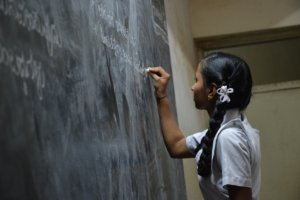 Thousands of marginalized girls in developing countries have been impacted by the Leave No Girl Behind (LNGB) initiative. On top of literacy, numeracy and vocational skills, many have developed a stronger sense of agency. Yet, a recent report shows that without wider collaboration and context-specific support, social and economic barriers may continue to stunt girls’ newfound confidence and skills. Shifting community and stakeholder perceptions emerges as a vital focal point, with successes in this area offering hope for progress beyond the program.
Thousands of marginalized girls in developing countries have been impacted by the Leave No Girl Behind (LNGB) initiative. On top of literacy, numeracy and vocational skills, many have developed a stronger sense of agency. Yet, a recent report shows that without wider collaboration and context-specific support, social and economic barriers may continue to stunt girls’ newfound confidence and skills. Shifting community and stakeholder perceptions emerges as a vital focal point, with successes in this area offering hope for progress beyond the program. 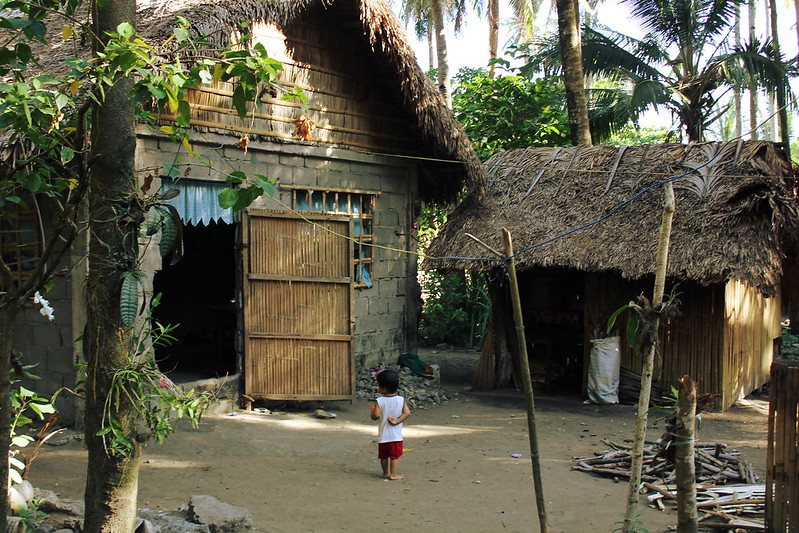
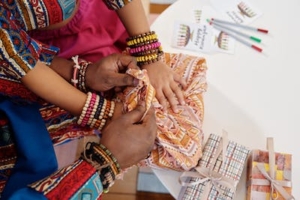

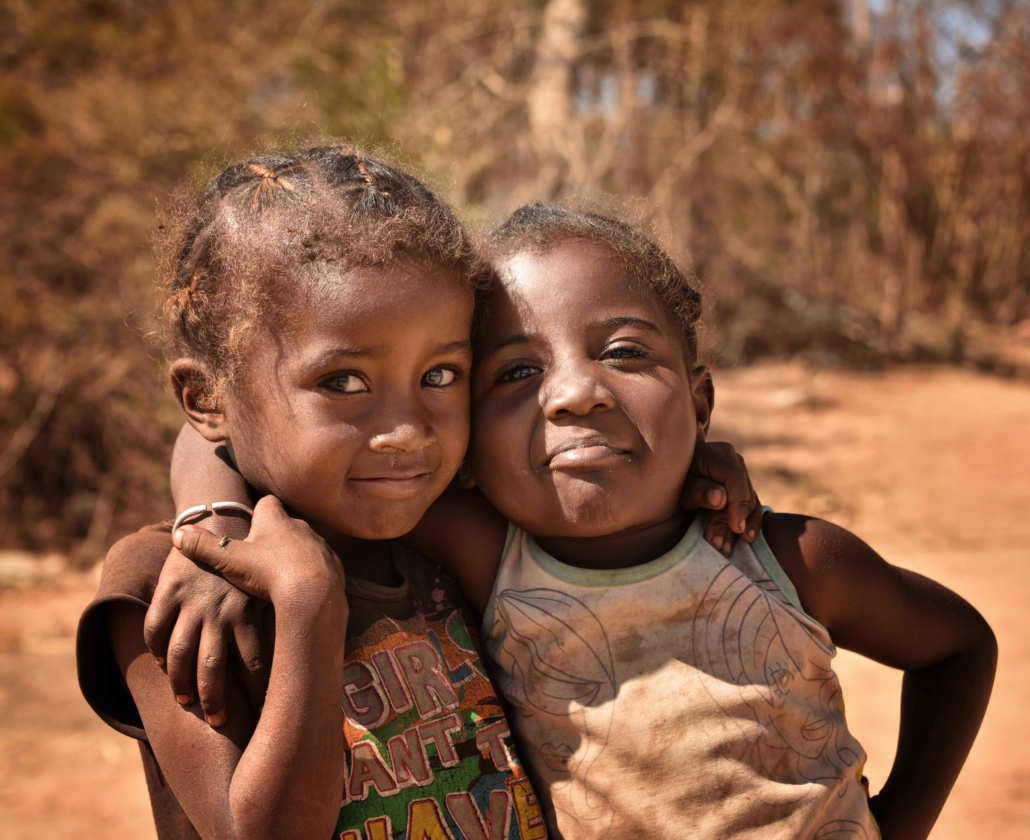
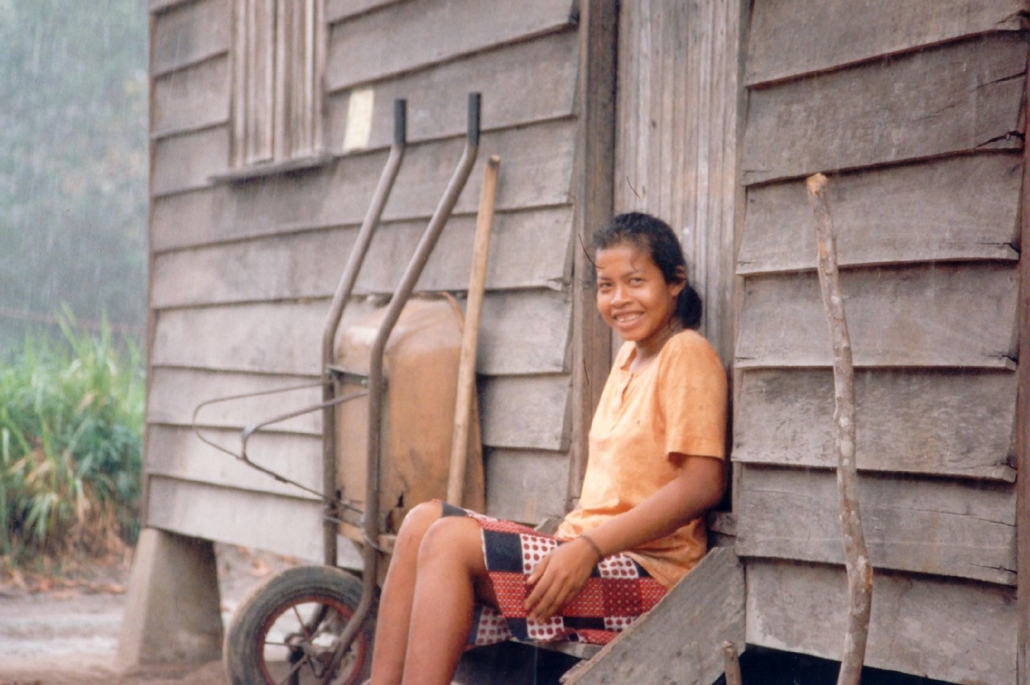
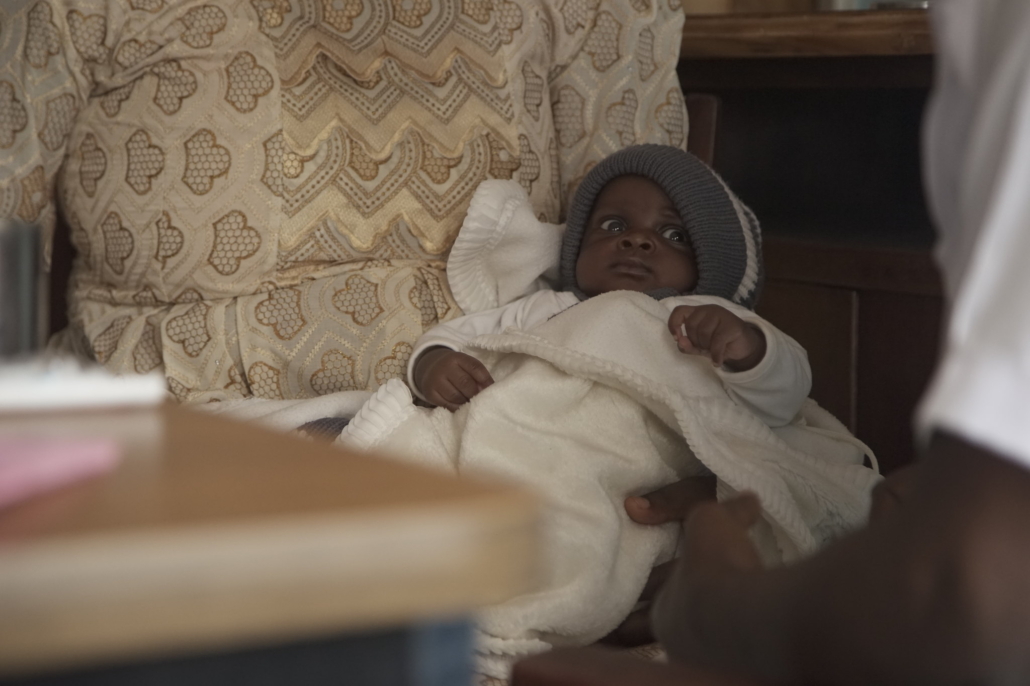
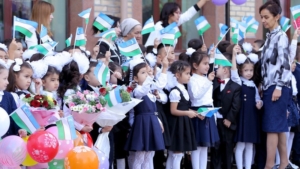 Uzbekistan is a ‘young’ nation. Of its
Uzbekistan is a ‘young’ nation. Of its 